A New Clue to How Life Originated
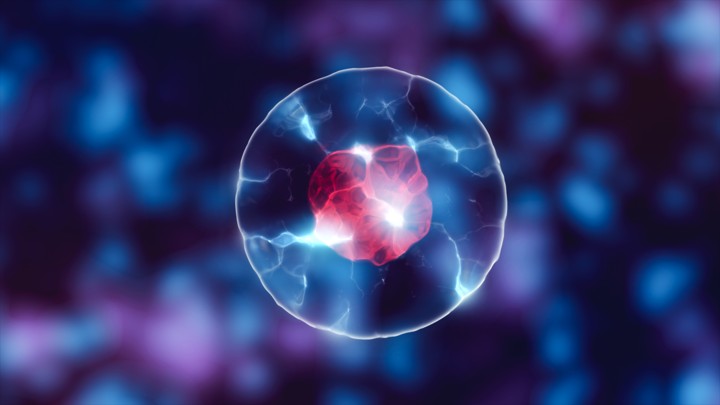
The cells that make up all living things, despite their endless variations, contain three fundamental elements. There are molecules that encode information and can be copied—DNA and its simpler relative, RNA. There are proteins—workhorse molecules that perform important tasks. And encapsulating them all, there’s a membrane made from fatty acids. Go back far enough in time, before animals and plants and even bacteria existed, and you’d find that the precursor of all life—what scientists call a “protocell”—likely had this same trinity of parts: RNA and proteins, in a membrane. As the physicist Freeman Dyson once said, “Life began with little bags of garbage.”
The bags—the membranes—were crucial. Without something to corral the other molecules, they would all just float away, diffusing into the world and achieving nothing. By concentrating them, membranes transformed an inanimate world of disordered chemicals into one teeming with redwoods and redstarts, elephants and E. coli, humans and hagfish. Life, at its core, is about creating compartments. And that’s much easier and much harder than it might seem.
More Stories
Caitlin Cornell and Sarah Keller have an answer to this paradox. They’ve shown that the spheres can withstand both salt and magnesium ions, as long as they’re in the presence of amino acids—the simple molecules that are the building blocks of proteins. The little suns that Cornell saw under her microscope were mixtures of amino acids and fatty acids, holding their spherical shape in the presence of salt.
I find that utterly magical. It means that two of the essential components of life, a protocell’s membrane and its proteins, provided the conditions for each other to exist. By sticking to the fatty acids, the amino acids gave them stability. In turn, the fatty acids concentrated the amino acids, perhaps encouraging them to coalesce into proteins. From the very beginning, these partners were locked in a two-step dance that continued for 3.5 billion years, and helped create all the richness of biology from a starting place of mere chemistry. “I agree completely,” Keller tells me. “It’s completely magical. You need those two parts together.”
“It’s fantastic work,” says Neal Devaraj, of UC San Diego. “Their suggestion that membranes could promote the synthesis of [proteins] is really fascinating.”
This discovery happened almost by accident. Originally, Keller set out to address a different problem, posed to her by her colleague Roy Black. He noted that no one had good ideas about how exactly the protocell trinity—RNA, proteins, and membranes—actually assembled in the first place. It seemed that people were just waving their hands and attributing this crucial convergence to some random event. Black, instead, suggested that the membranes themselves were key. If fatty acids can stick to the constituents of both proteins and RNA, they could have gathered these building blocks together as they themselves assembled.
On their own, the fatty acids predictably self-assembled into hollow spheres. “They looked like jellyfish: clear insides with opaque edges, floating around,” she says. If she added salt or magnesium ions, these jellyfish disintegrated. But if she did that after adding amino acids, they held their shape. What’s more, they transformed into shapes that Cornell likens to glowing onions. Their once-hollow centers were filled with another layer of fatty acids—spheres within spheres. Not coincidentally, that’s what our actual cells are like, with membranes that comprise two fatty layers instead of one.
So, the presence of amino acids not only protects the fatty-acid spheres, but also turns them into something more obviously biological. Why? “We have no idea, and we wouldn’t have predicted it,” Keller says, laughing. “We’re in a lovely place that opens the field up to future theory.”
“This is great work,” says Kate Adamala of the University of Minnesota. Other studies, she notes, have found interactions between any two of amino acids, fatty-acid membranes, and RNA, but Cornell and Keller’s study effectively ties all three together. Amino acids allow membranes to exist in the presence of magnesium, which RNA needs to function.
The study of life’s origins is always contentious. Scientists often disagree furiously about things that are happening right now, let alone events that occurred more than 3.5 billion years ago. Some researchers, for example, think that life began in shallow volcanic pools, while others argue that it must have arisen in underwater vents. Keller’s ideas, mercifully, work in both environments. “I’m agnostic,” she says. “I’m excited that [our study] makes the idea of protocells more plausible independent of the location.”
She’s now looking into what happens after the protocells assemble. Sure, there’s a compartment that contains the building blocks for making proteins and RNA. “But how do those individual building blocks bond to form the larger molecules?” she says. “It’s a very hard question.”
We want to hear what you think about this article. Submit a letter to the editor or write to letters@theatlantic.com.
Ed Yong is a staff writer at The Atlantic, where he covers science.
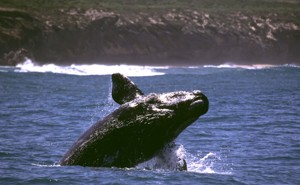
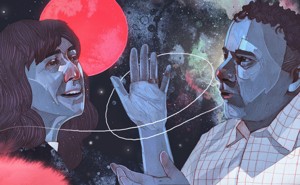
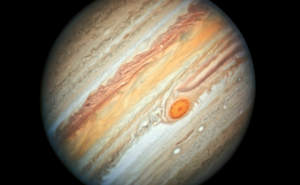
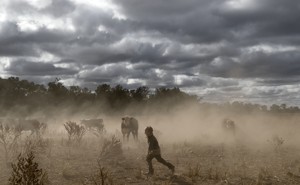

No hay comentarios:
Publicar un comentario